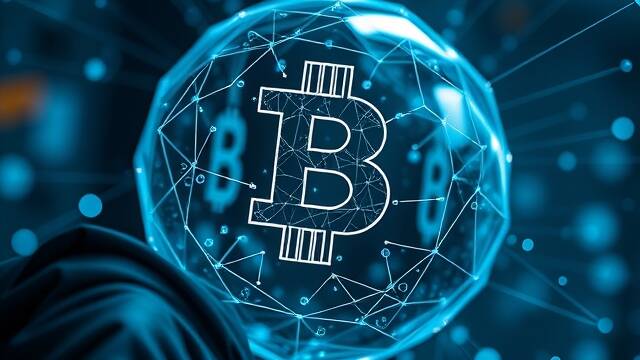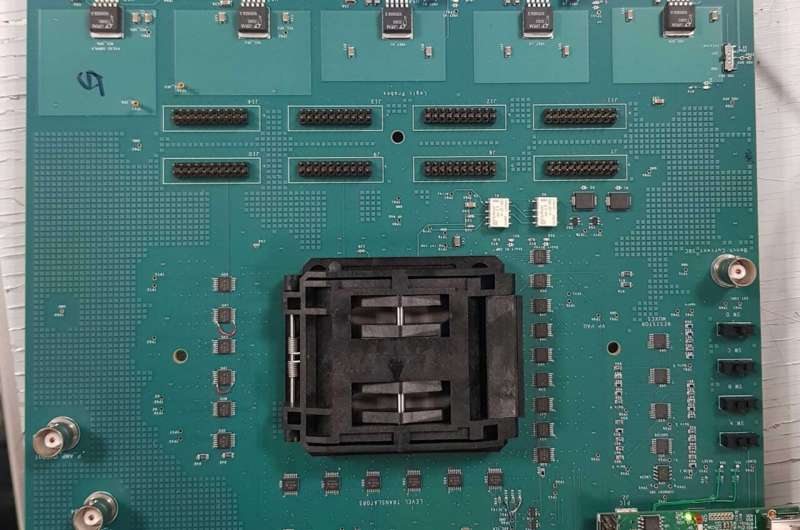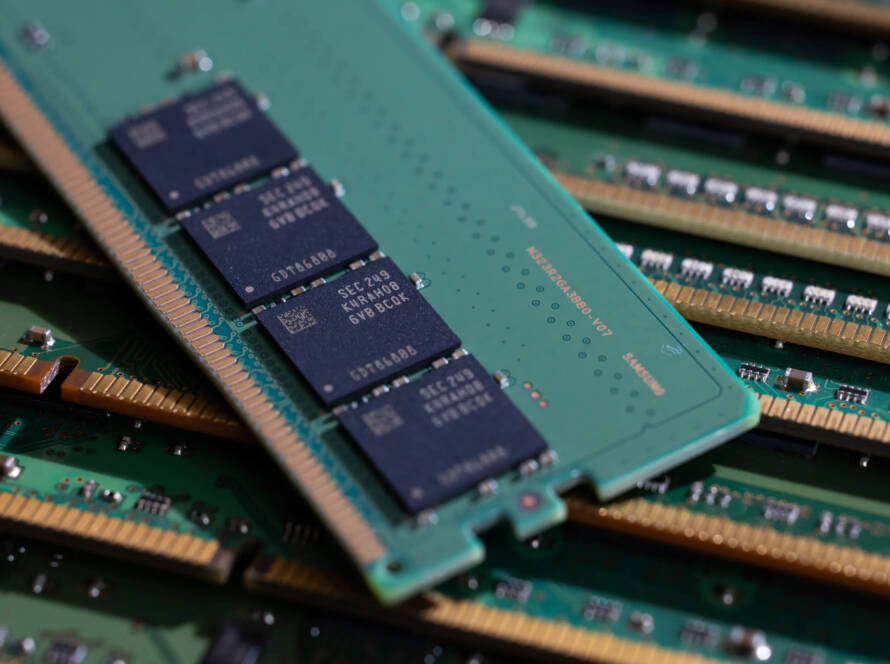
Originally popularized by cryptocurrencies like Bitcoin, blockchain technology is now being adopted in education. With its transparency, security, and decentralized nature, blockchain promises to solve long-standing challenges in academic data management.
What is Blockchain?
Blockchain is a decentralized system that stores data in connected blocks. Once recorded, the data is immutable, ensuring high levels of security and reliability.
Benefits of Blockchain in Education
- Secure Academic Records
Certificates, transcripts, and personal data can be securely stored, reducing the risk of fraud. - Instant Verification
Employers and universities can verify academic credentials quickly and efficiently. - Reduced Administrative Costs
Automated blockchain systems lower the cost and complexity of managing academic data. - Global Accessibility
Students and professionals can access their records from anywhere in the world.
Implementation Examples
- MIT issues blockchain-based digital diplomas, allowing graduates to share their credentials securely.
- The University of Tokyo is piloting blockchain for digital academic records.
Challenges in Adoption
- Technological Infrastructure
Many educational institutions lack the necessary technology to implement blockchain. - High Initial Costs
The setup and integration of blockchain require significant financial investment. - Unclear Regulations
Legal frameworks around blockchain adoption in education are still evolving.
Blockchain has the potential to revolutionize education by enhancing transparency and efficiency. Collaboration between governments, institutions, and tech providers is key to realizing its full potential.


